Fading Foundations: Khanaqin's Historic Homes Crumble into Memory
Khanaqin’s old houses are more than just structures—they are silent bearers of memory, craft, and community. They reflect a unique blend of Middle Eastern architecture suited to the local climate, using natural cooling techniques long before modern technology arrived.
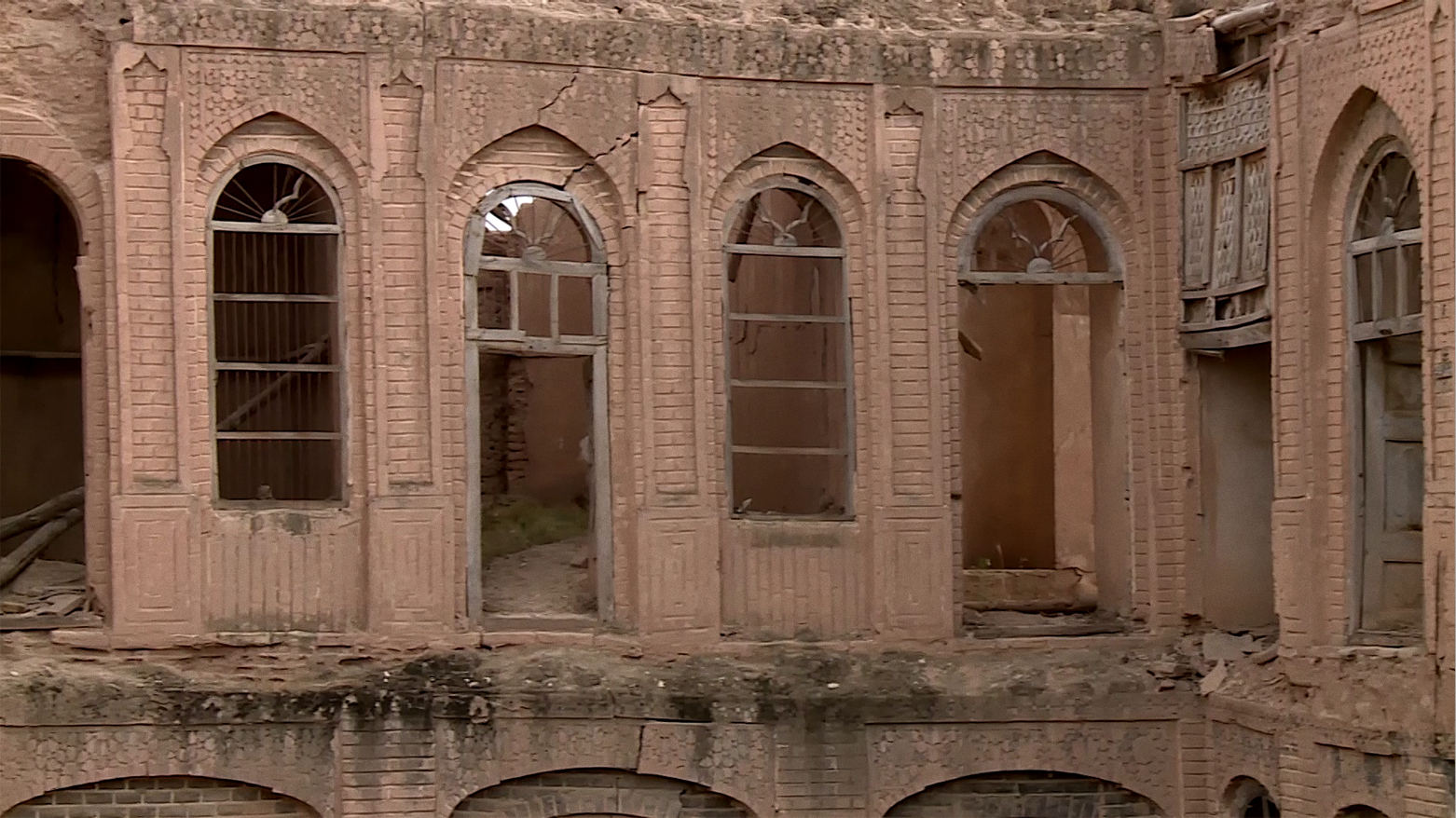
By Kamaran Aziz
ERBIL (Kurdistan24) — In the heart of Khanaqin, where winding alleyways once echoed with the laughter of children and the footfalls of bustling families, silence now looms over broken beams and crumbling bricks. The Abdollabeg neighborhood, one of the city's oldest quarters, stands today not as a testament to history preserved, but as a landscape of collapsed dreams—its architectural treasures decaying into dust.
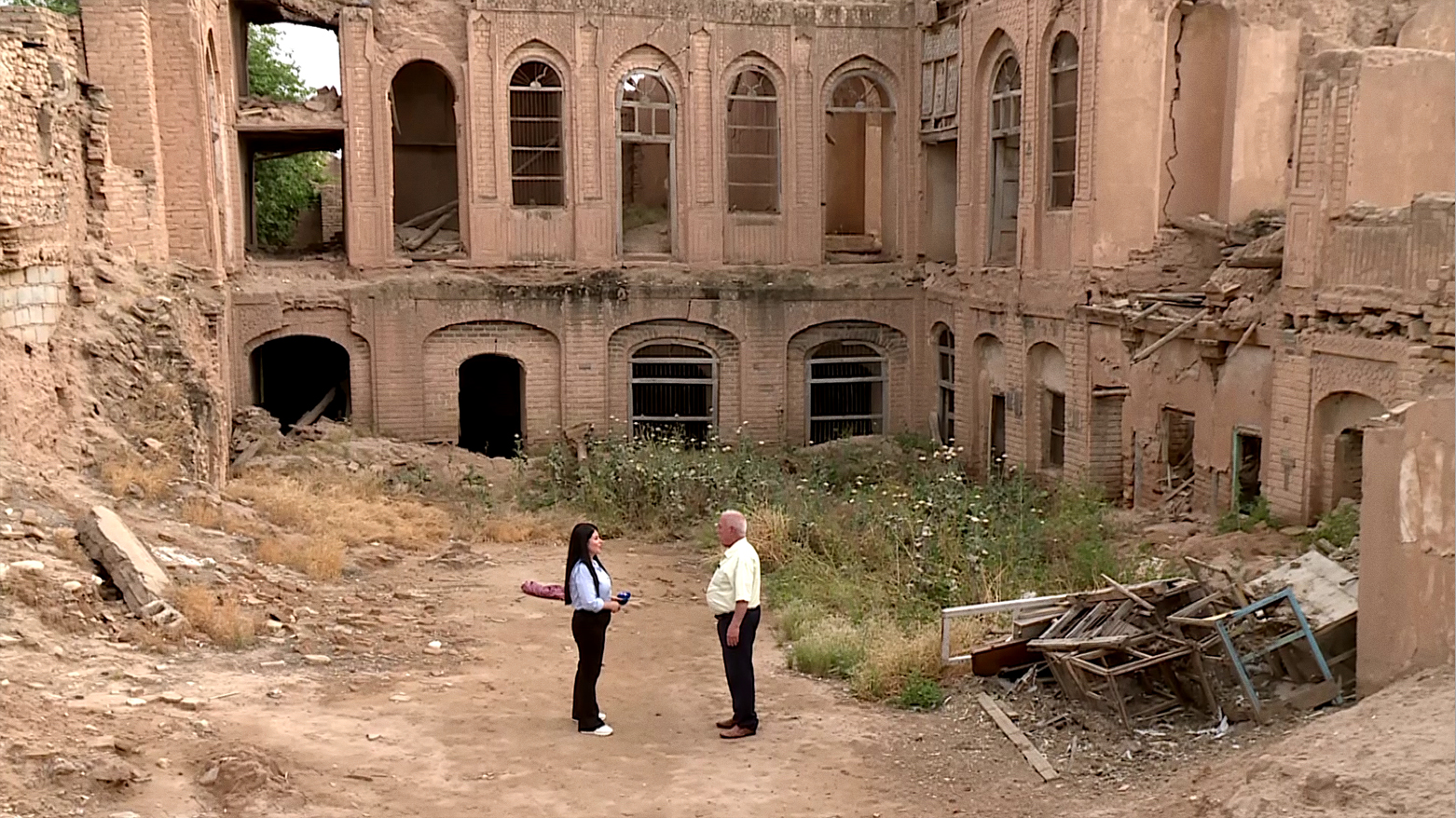
A visit to this once-thriving area reveals buildings that tell stories through their very walls. The bricks and materials, many dating back over 150 years, speak of an era long gone. One building, once the most famous house in the neighborhood, now lies in ruins. Yet its grandeur still captivates those who remember its better days.
A local history expert, whose childhood unfolded among these now-shattered walls, reflected with regret as he gestured toward the ruins. "This building could have been preserved and not collapsed like this," he told Kurdistan24. "It could have become part of our city's heritage."
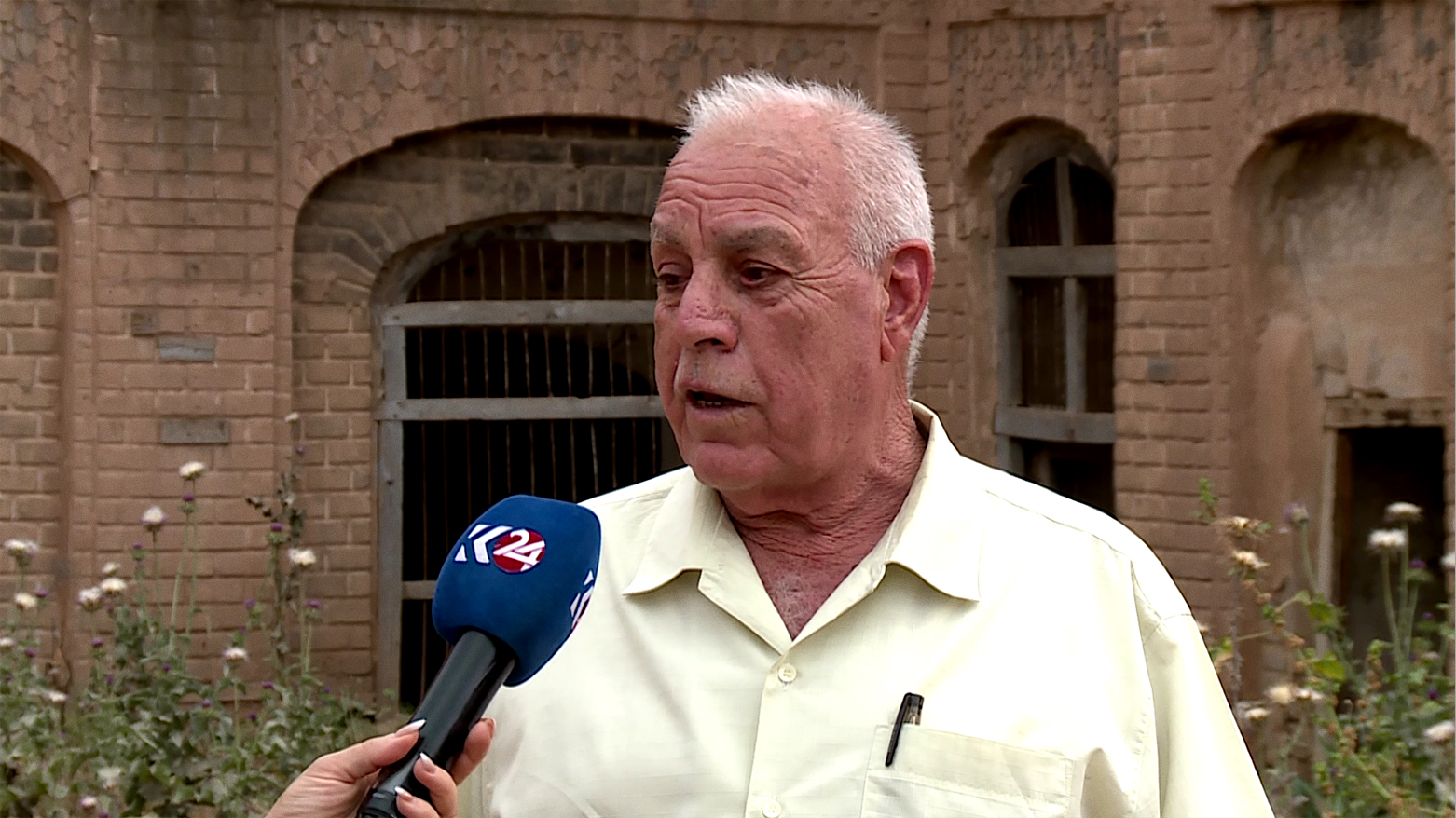
He recalled the house’s remarkable design: “When it was in use, both in summer and winter, it didn’t need any type of heater or cooler. Especially this house, the big house, which had a basement. In the hottest part of summer, we would sit there without fans or air conditioners. In fact, such things didn’t even exist back then. Even now, throughout all of Iraq, they cannot build a building like this! It’s simply amazing! And it’s two stories!”
The Abdollabeg neighborhood is not alone in its historic significance. Khanaqin boasts more than two hundred old houses and buildings, many of which date back to the time when Jewish families lived in the city. Despite their age, the intricate designs carved into wooden doors and the unique embellishments on stone walls still tell stories of cultural coexistence and architectural excellence.
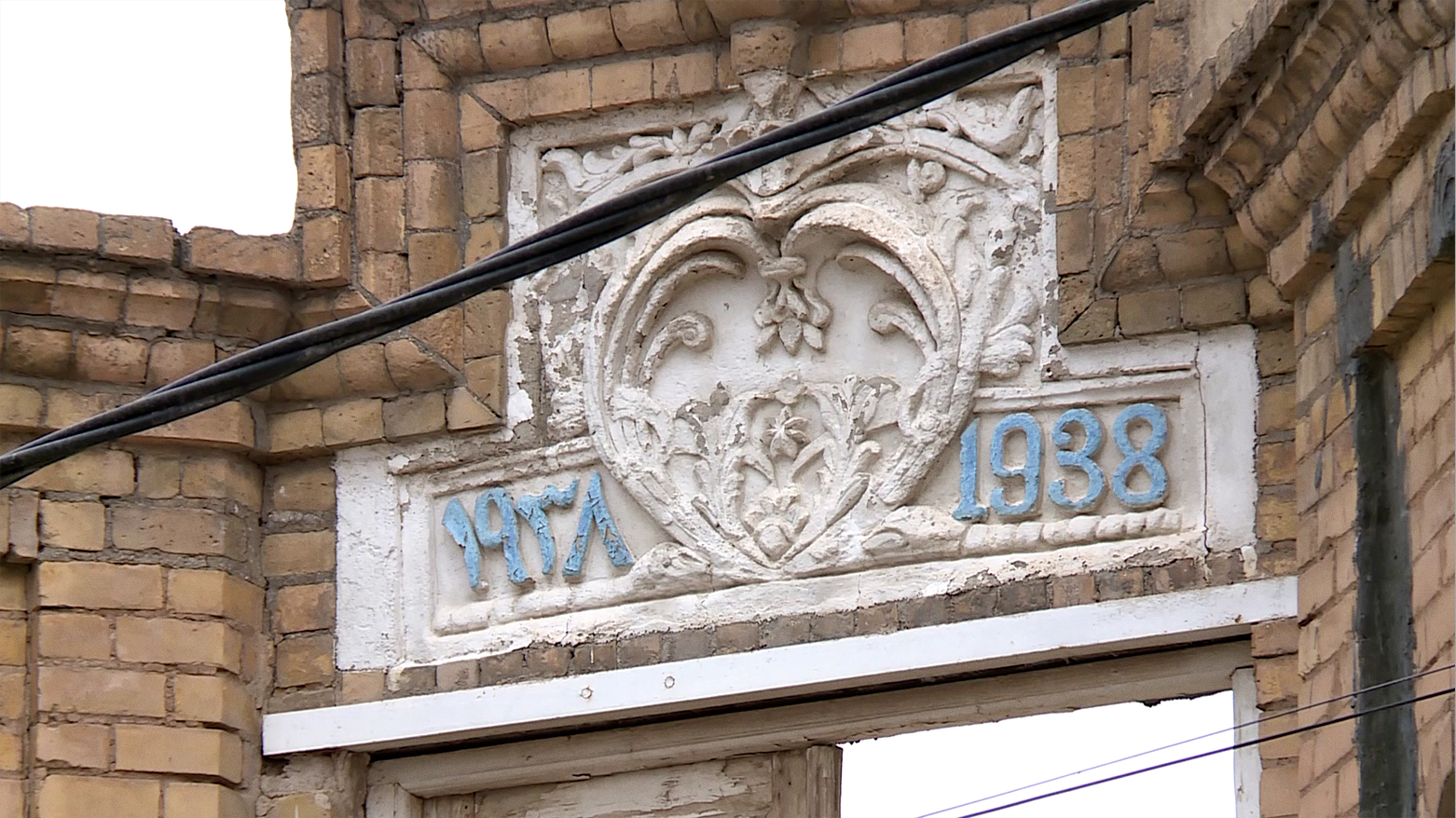
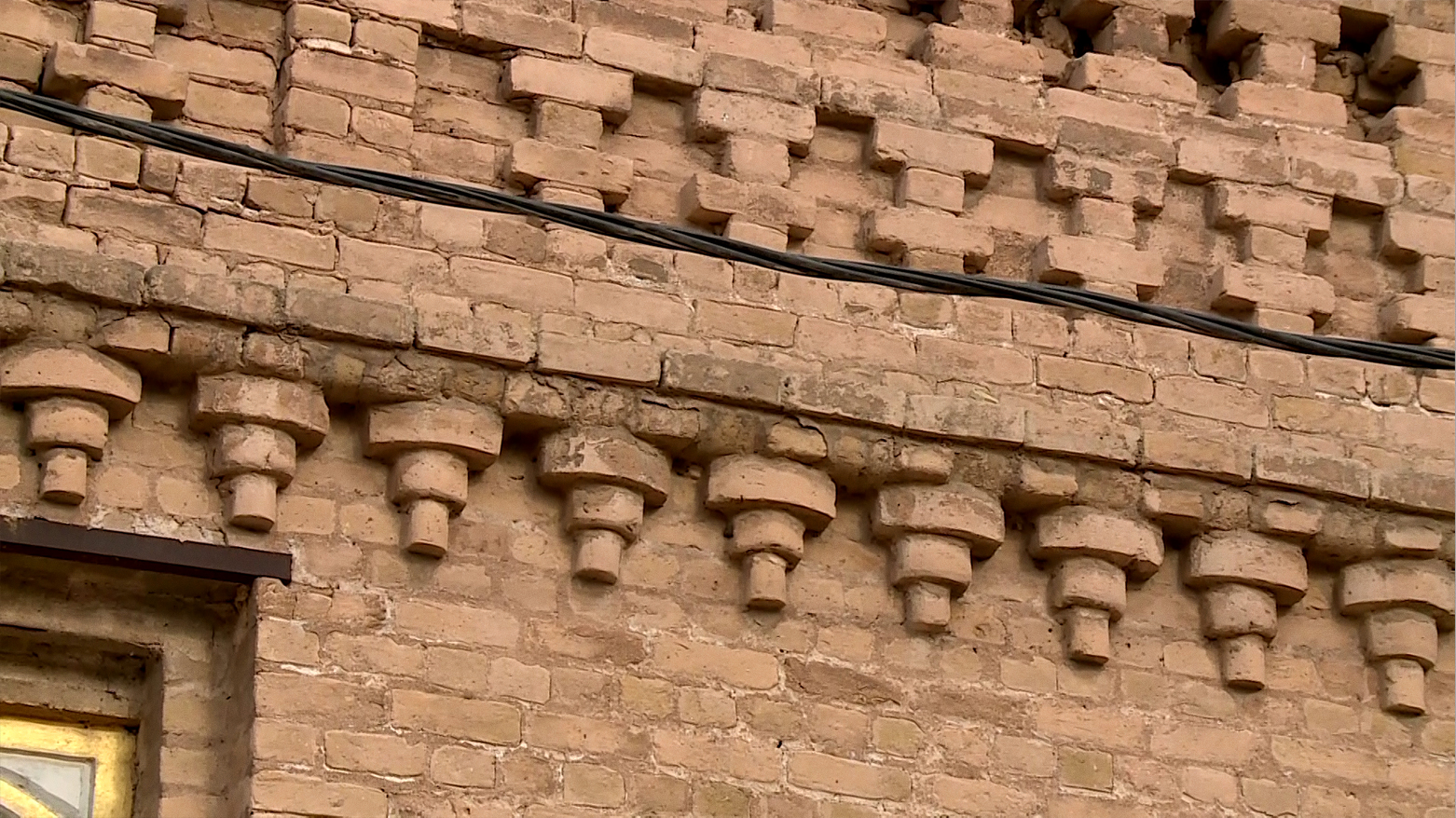
Yet most of these homes have collapsed due to prolonged neglect. While a few families still reside in the area, they do so amidst decaying surroundings. Some remain out of loyalty to the city’s charm, others because they have nowhere else to go.
“This neighborhood is from the time of the Jews,” one resident told Kurdistan24. “Previously, Jews were here. It used to be beautiful, by God. It was very beautiful and pleasant. It was full of families. It was crowded. There weren’t collapsed houses. This house here that has collapsed was ours.”
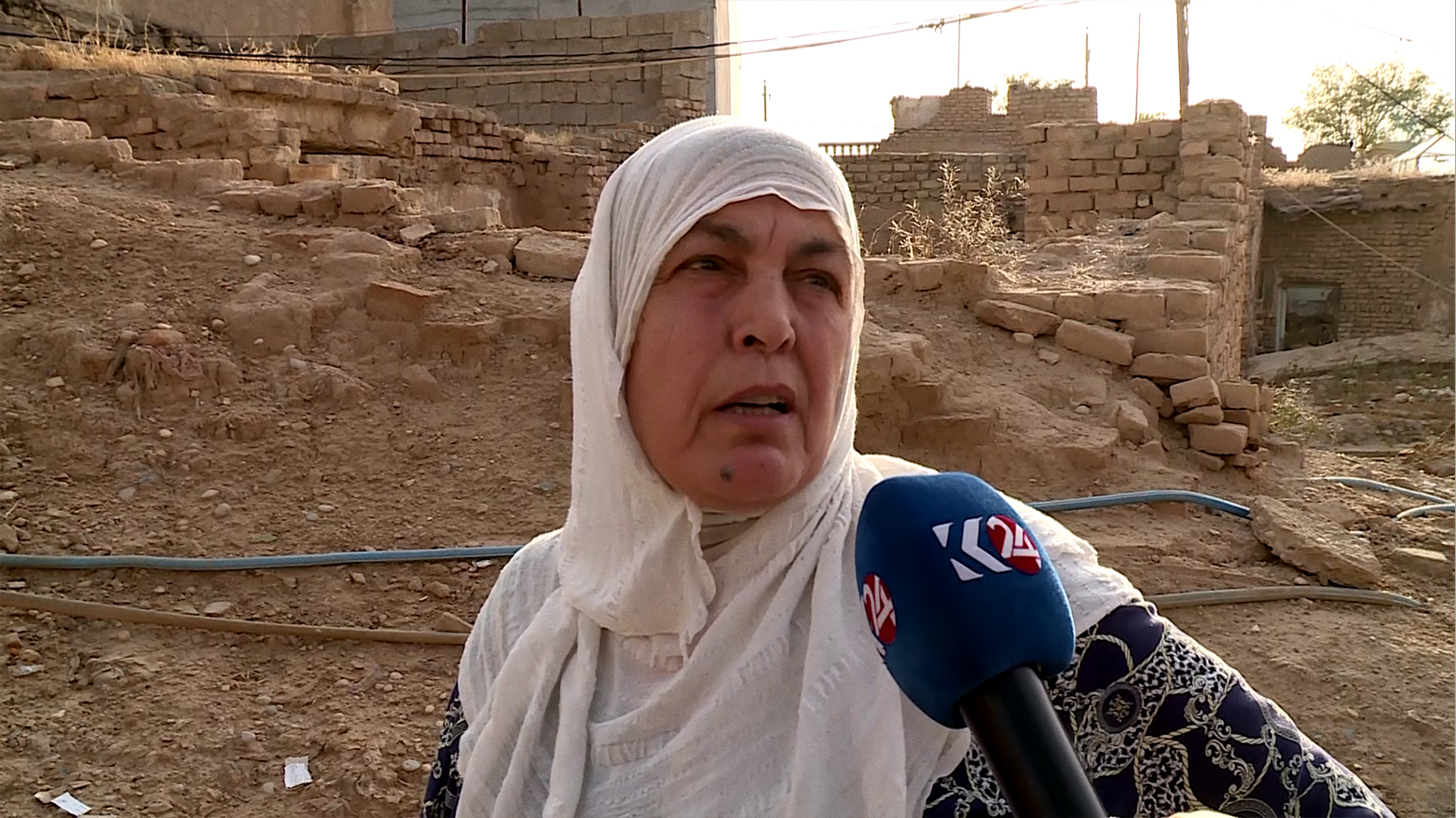
Another resident spoke of the loss not just of homes, but of a way of life. “When people’s morals change, you change with them. You change with society. Now look at these buildings. Someone would say they want to move their house, or they would look at their neighbor’s house who was renovating, and they would also modify their house and renovate it. In this way, the ancient houses were either abandoned or renovated and completely erased from their old identity.”
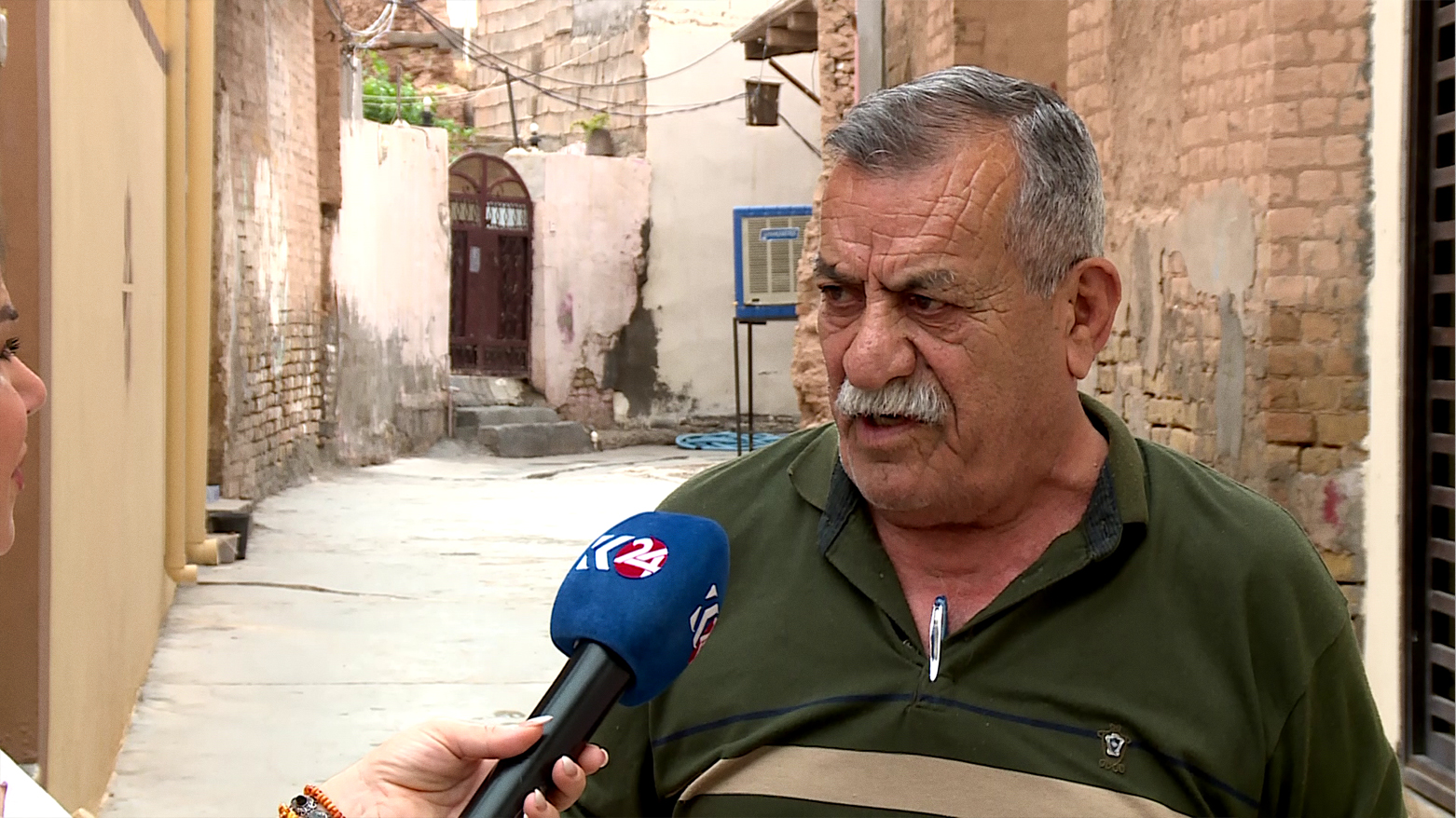
Some, like a man who lived in one of the historic homes for two decades before being evicted by the government, feel displaced in more ways than one. “The government took it back from me,” he said. “It was all houses. This neighborhood that is now in this state was full of homes. But we were evicted.”
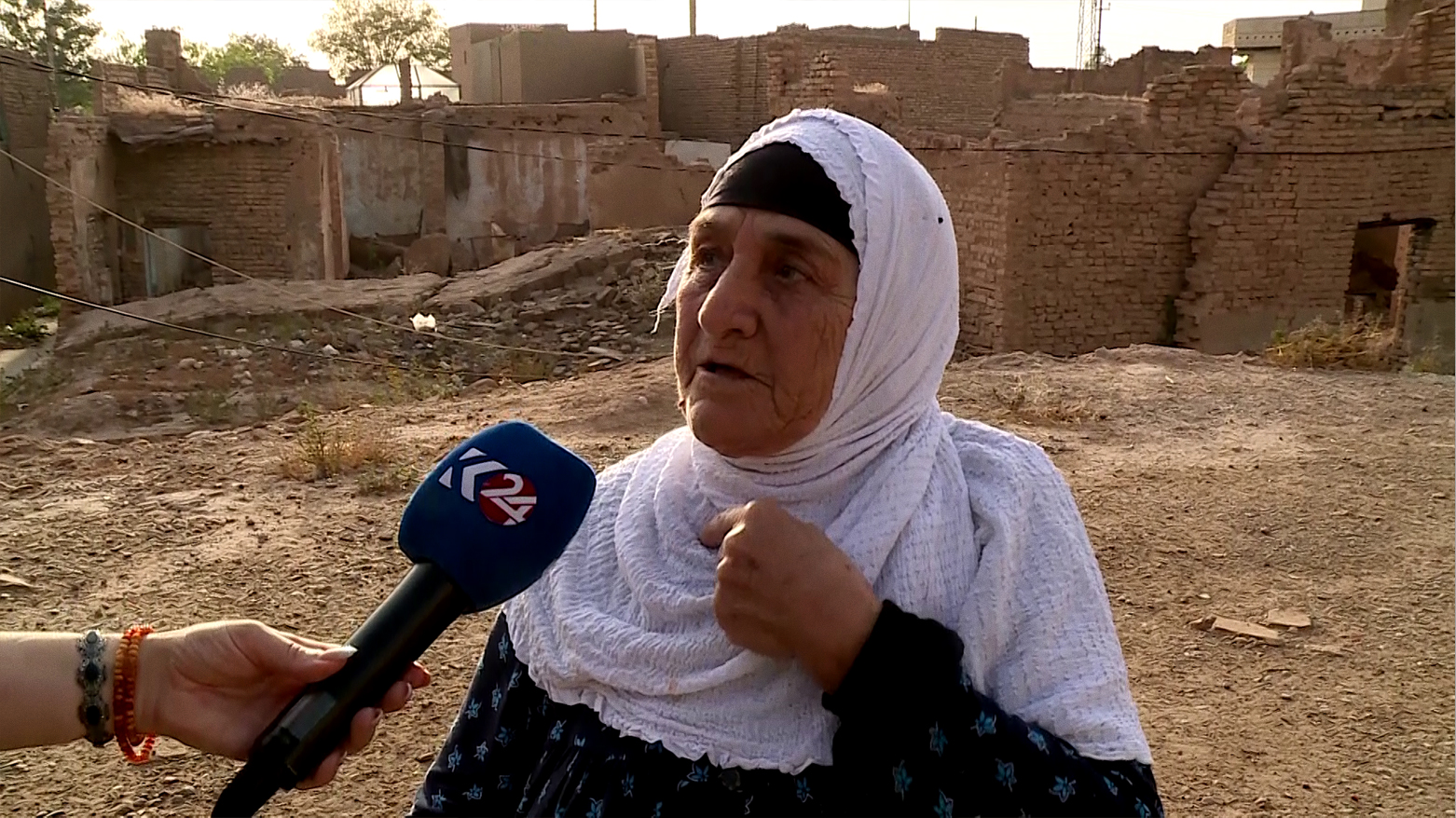
Khanaqin’s old houses are more than just structures—they are silent bearers of memory, craft, and community. They reflect a unique blend of Middle Eastern architecture suited to the local climate, using natural cooling techniques long before modern technology arrived. Their decay is not just a material loss, but a cultural erasure.
Architects and urban heritage experts have long argued that such neighborhoods could be rehabilitated and integrated into the city’s tourism, cultural, and educational plans. Yet with each passing year and each fallen roof beam, that opportunity fades further from view.
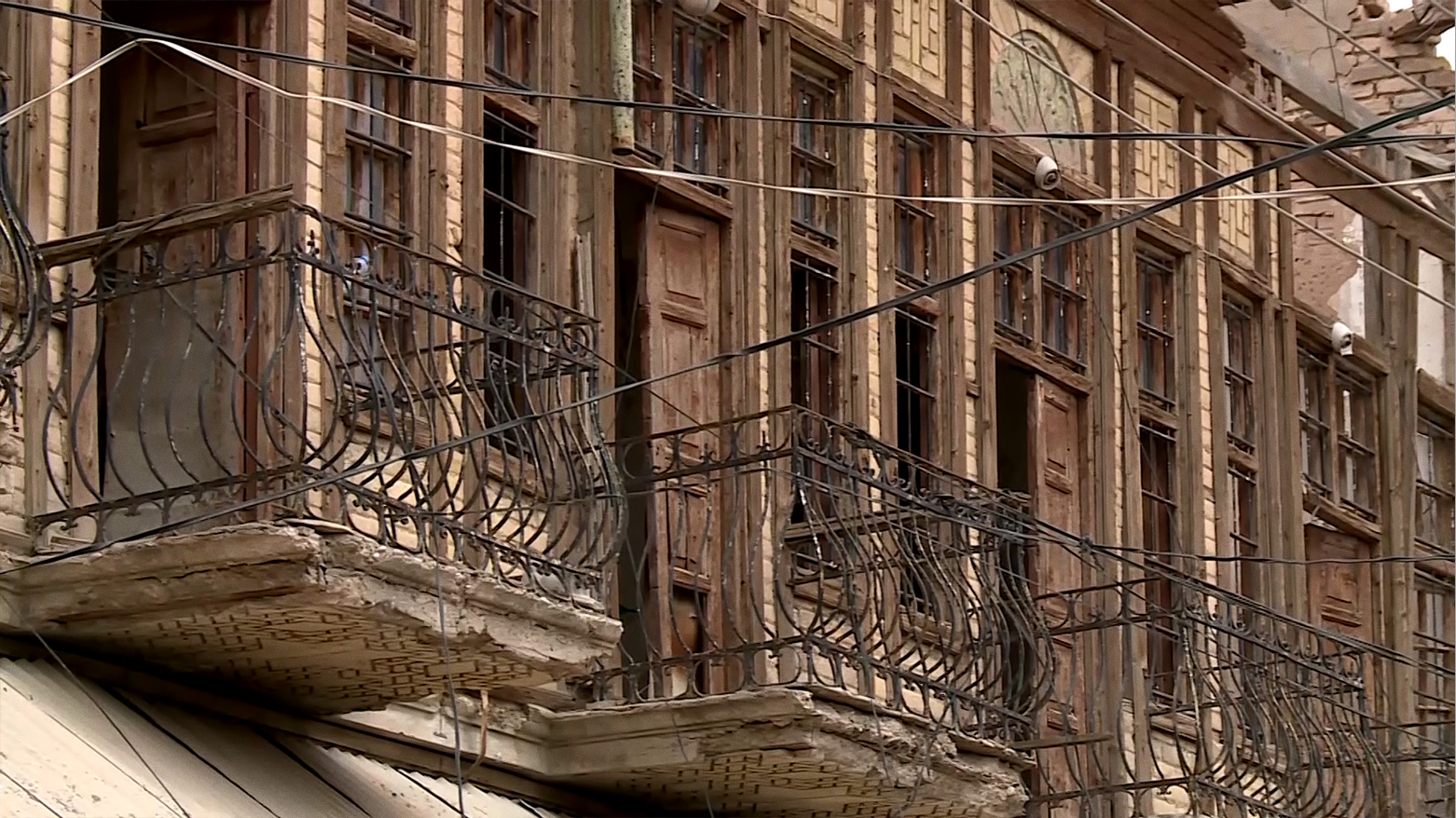
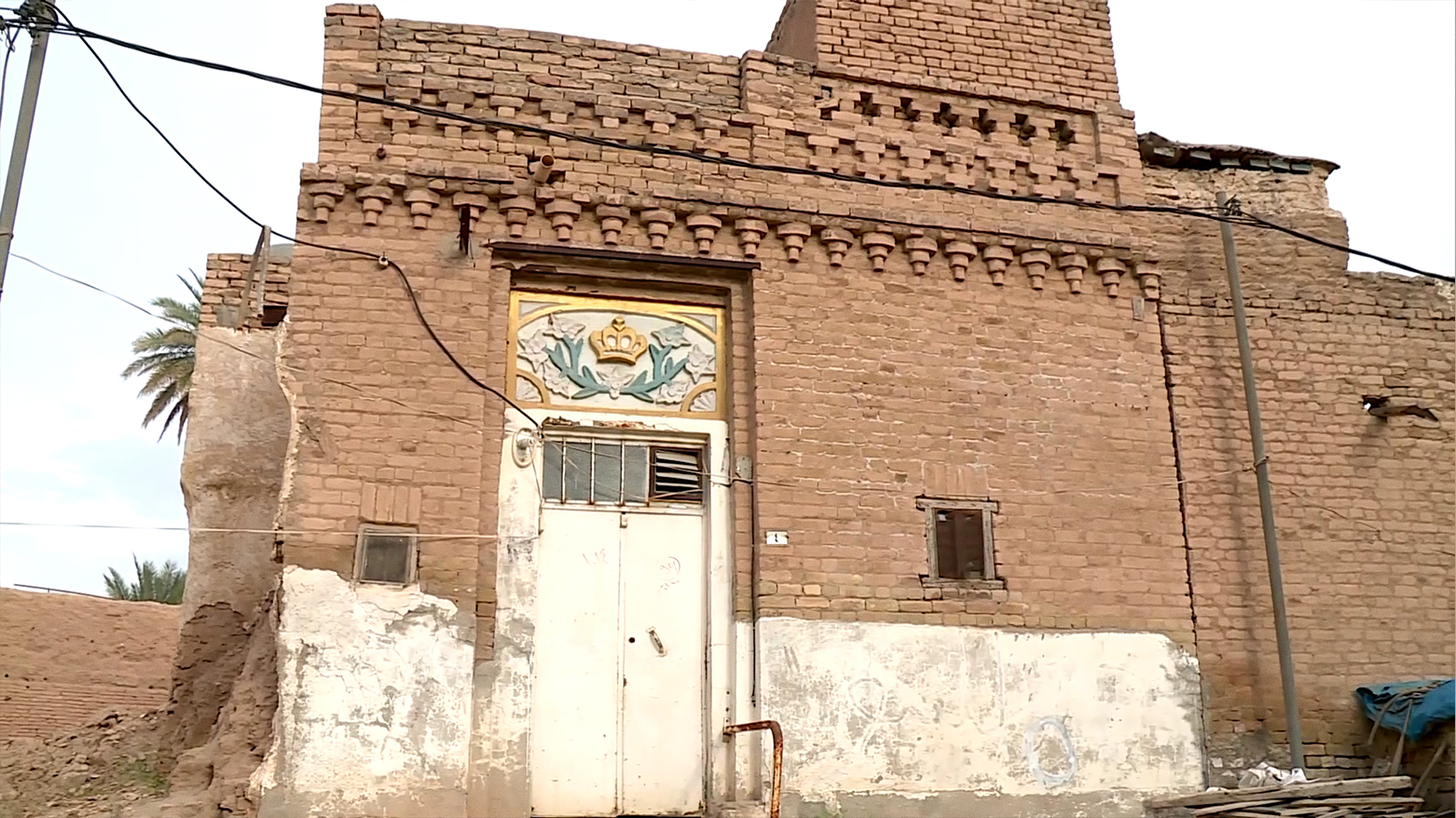
As the dust gathers over what remains of Khanaqin’s architectural heritage, the city is left to reckon with a question as old as its bricks: how much of the past are we willing to lose before we remember its value?
Kurdistan24 correspondent Hero Mawloodi from Khanaqin contributed to this report.